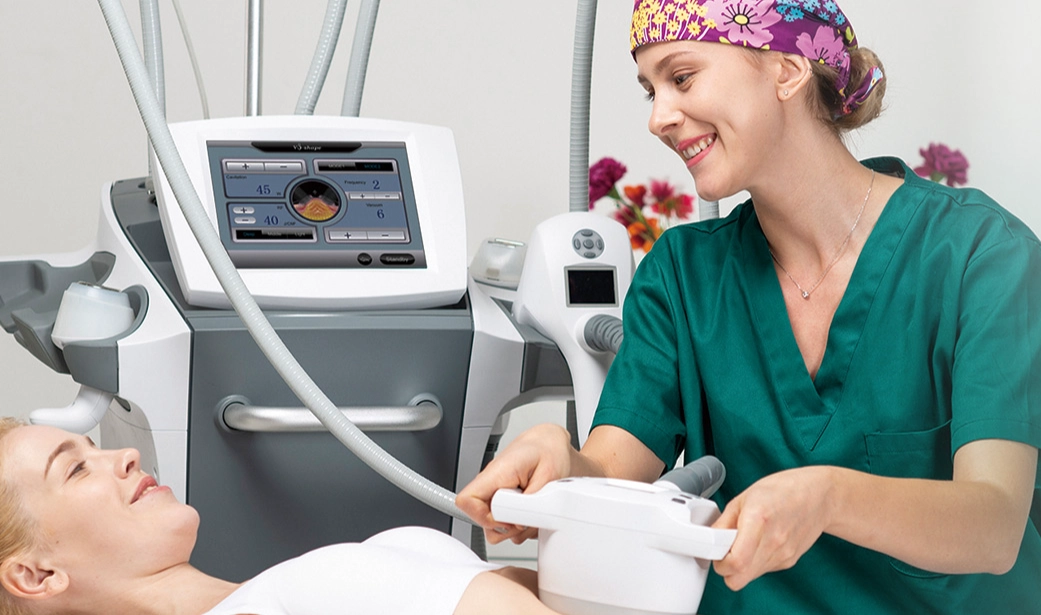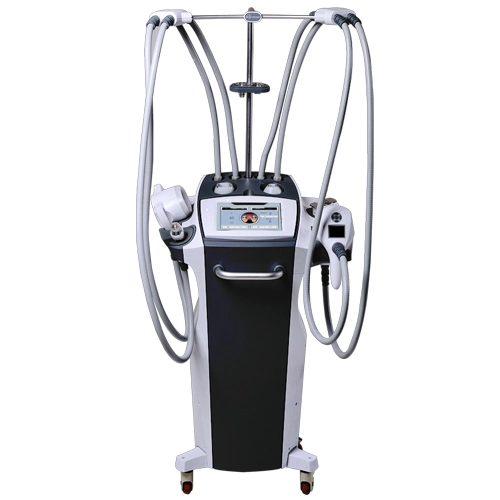How Does Ultrasonic Cavitation Work to Remove Fat
A Cool Way to Zap Fat
Ultrasonic cavitation is a non-surgical trick to get rid of unwanted fat. This body shaping method uses sound waves to smash fat cells. No cuts or numbing drugs are needed, for sure. After the fat cells break apart, the body’s lymphatic system soaks them up and flushes them out naturally.

Fast Facts
Ultrasonic cavitation, sometimes called ultrasound cavitation, is a beauty treatment that targets fat deposits. It’s a gentler pick compared to liposuction, by the way. Risks are pretty low, but small side effects might pop up. Some people notice a bit of bruising or slight unease for a short spell, and all.
This treatment is super handy because healing time is quick, and side effects are rare. A session takes less than an hour, so it can fit into a lunch break, what’s more.
What Is Ultrasonic Cavitation Treatment?
Ultrasonic cavitation, or ultrasonic lipolysis, is a body shaping method that zaps fat deposits under the skin. It sends sound waves to split up fat cells, gosh. This is way safer than surgery like liposuction.
Unlike ultrasound liposuction, which might need cuts, this method skips any invasion of the body. It’s not for people aiming to lose tons of weight. Instead, it’s dandy for people near their goal weight who want to smooth out stubborn fat spots, for sure.
How Much Does Ultrasonic Cavitation Cost?
Ultrasonic cavitation costs way less than old-school liposuction. A single session runs between $250 and $350, depending on the place and the skill of the person doing it. The usual price for non-surgical fat removal is around $1,300.
Since it’s a cosmetic choice, insurance won’t cover it. But, there are no extra fees for stuff like numbing shots or long recovery times, plus too.
How Does Ultrasonic Cavitation Work?
Ultrasonic cavitation uses sound wave tech to break up fat cells. These waves make tiny shakes deep in the skin. As a result, fat cells get split and pushed out of the skin layers, by the way.
A few days later, the lymphatic system grabs these broken cells and clears them out as waste, and then some.
Some studies back this up. A small 2019 study checked how well ultrasonic cavitation worked for 50 women labeled medically overweight. Paired with a low-calorie diet, it showed a clear drop in body fat.
What Happens During an Ultrasonic Cavitation Session?
The process is pretty simple. A paper gown might be needed, depending on the spot being treated. The person doing it cleans the area first. Then, they use a small ultrasound tool to send focused energy to the spot, for sure.
A cozy warmth might be felt, or a soft hum from the machine might be heard. Most sessions take 40 minutes to an hour, and all.

Targeted Areas for Ultrasonic Cavitation
Some say this method works best on tough, fibrous spots like the back or chest area.
Common spots targeted include:
-
stomach
-
hips
-
face
-
neck
-
upper arms
-
thigh areas
Ultrasonic Cavitation Side Effects
For most people, ultrasonic cavitation is a safe bet with low risks. Still, a few small side effects might show up:
-
redness
-
bruising
-
headache
In rare cases, uneven fat removal might cause bumps or dips in the skin. But these often get fixed with extra sessions.
What to Expect After Ultrasonic Cavitation
Once the session’s done, getting up and heading home is no hassle. Drinking lots of water afterward is key. It helps the body push out loosened fat through the lymphatic system.
Most people see full results between 6 to 12 weeks after treatment. Usually, 1 to 3 sessions are needed to see a change. To keep the results, stick to regular workouts and good eating habits, for sure.
Before and After Pictures
Photos taken before and after often show a clear slimming in spots like the thighs or belly. Results vary from person to person. Still, these pictures give a real sense of what ultrasonic cavitation can do over a few sessions, and then some.
Preparing for Ultrasonic Cavitation
Getting ready the right way can boost results. Here’s the plan:
-
Tell the provider about any pills or vitamins taken.
-
Skip alcohol for at least 48 hours before.
-
Avoid pain relievers like ibuprofen for two weeks prior.
-
Drink tons of water before and after the session, you bet.
Staying hydrated helps the body clear out fat deposits faster after treatment.
Ultrasonic Cavitation vs. CoolSculpting
Both methods focus on non-invasive fat loss, but they work differently. Ultrasonic cavitation breaks down fat cells with sound waves. CoolSculpting, though, uses cold to freeze and remove fat.
CoolSculpting often costs more and takes longer per session than ultrasonic cavitation. Neither is a fix for weight loss. They’re more about shaping the body, plus too.
FAQ
Is ultrasonic cavitation permanent?
Yes, it can be—if healthy habits are kept up. If not, new fat might build up again.
Does it hurt?
Most people just feel a bit of warmth or a light buzz during the session.
How many sessions are needed?
Usually, 1 to 3 sessions show clear changes, but it depends on goals and the area treated.
Can I do it at home?
Some devices are for home use, but they’re not always as good. Clinic machines give steadier results, for sure.
How to Find an Ultrasonic Cavitation Device Provider: Anchorfree V8-PMP Physique Management Platform
Welcome To Become Our Global Distributors
For top-notch results with the latest tech, look for providers using systems like Anchorfree’s V8-PMP Physique Management Platform.
The V8-PMP is a Physique Management Platform that mixes six fresh technologies and comes with four unique handpieces. It’s built to offer solid solutions for body shaping, trimming size, tightening skin, and smoothing wrinkles, and all.
Key highlights include:
-
Three Different Types of Bipolar RF
-
Mechanical Roller Massage
-
Continuous & Impulse Vacuum
-
Focused Infrared & Focused Cavitation + RF
Each handpiece is made for specific spots like the belly, thighs, arms, face, or neck. This ensures full care for all tricky areas.
If curious about distributing or trying out advanced ultrasonic cavitation tech through certified providers with V8-PMP systems, Anchorfree is open to partnerships worldwide,please contact us today.







